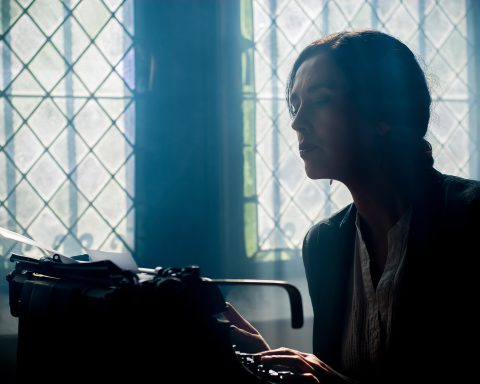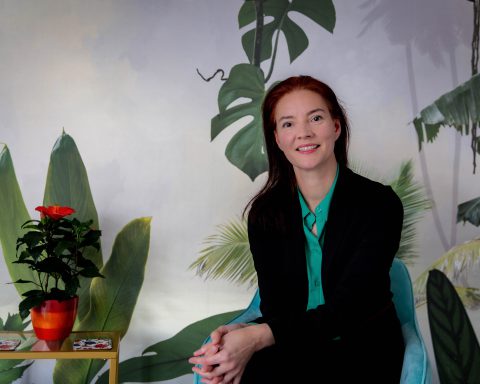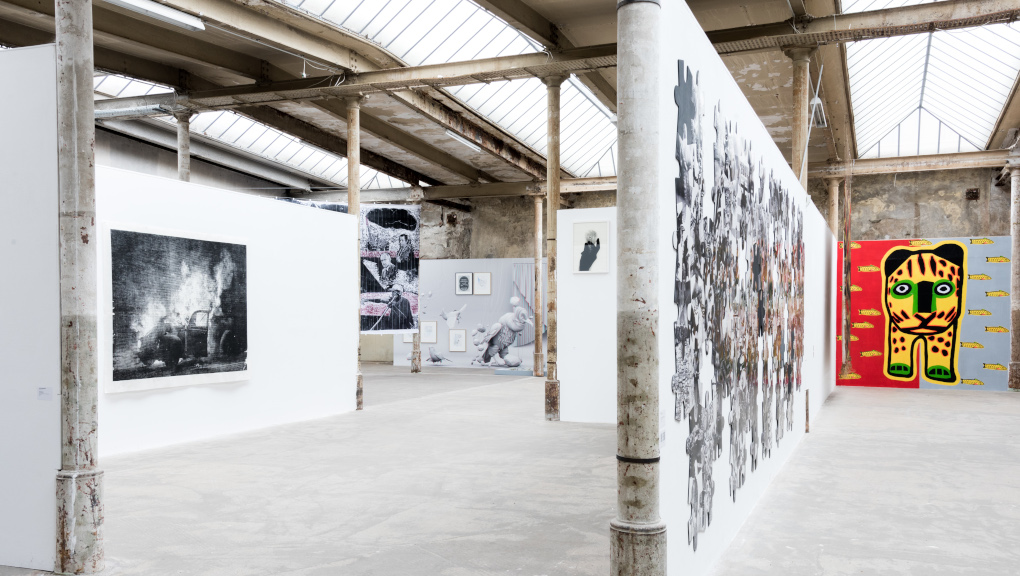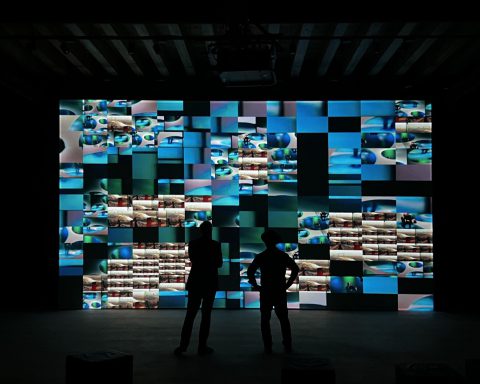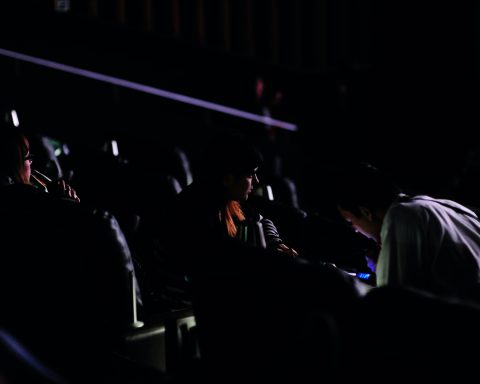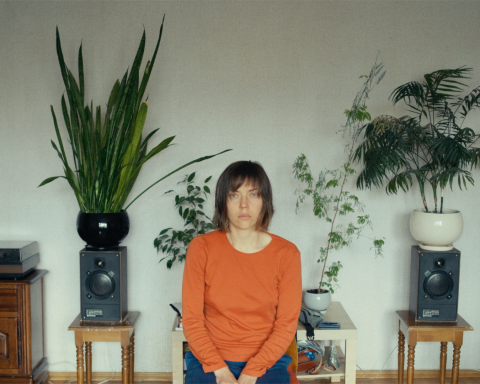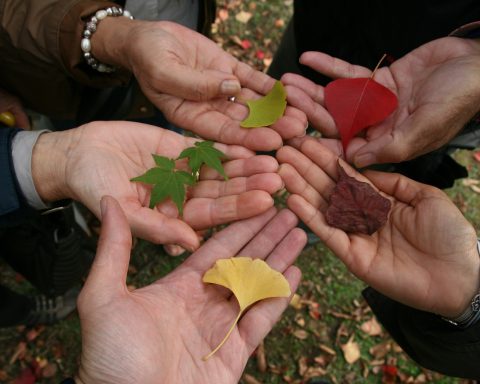Lithuanian documentary Animus Animalis (a story about People, Animals and Things) premiered at DOK Leipzig in November 2018. It’s an exploration of life, death, rawness, artificiality, and humans’ dysfunctional relationship with animals.

The film largely revolves around the real-life characters and process involved in taxidermy, and in normalizing the practice. It was one of the most memorable we came across while covering last year’s fest – whose country focus was precisely Lithuania.
Here, it was part of the Next Masters Competition and nominated for the MDR Film Prize. Now, during the festival-heavy month of March, it has been making the rounds in Europe: the International Competition at the Thessaloniki Documentary Film Festival; Denmark’s CPH:DOX; and finally its home country, where it’s up for an award, playing at the Vilnius Film Festival at the end of the month.
The film’s overall rating on IMDB is 8/10, with notably no scores in the middle range. Meaning that either viewers really liked it (as many did) or really disliked it (as a couple of them did).
Animus Animalis seems to aim straight for your gut – to provoke you at a visceral level, as the filmmakers themselves did during their Q&A at DOK Leipzig. But in the midst of its graphic content, the ambiguity of its message leaves a lot of room for interpretation.
We decided to ask a Lithuanian who watched Animus Animalis in Leipzig to share her thoughts, including on the Q&A session.
Review by Justina Lauceviciute
When I found out that Lithuania would be featured in the DOK Leipzig festival, my eyes lit up. We are so small (as you may understand, I am Lithuanian), and not many people know we even exist. And here is this well-known film fest, presenting Lithuanian productions. I was really surprised! This was one of the reasons I agreed to be a photographer for LeipGlo during the fest – besides taking some photos of its multiple offerings, I wanted to be able to attend Lithuanian movie premieres and press conferences, to see my “brothers and sisters” and support them.
The reason Ana Ribeiro and I decided to go to the Animus Animalis premiere, in particular, was a nice chitchat we had with some creatives at a film party the evening before, where they strongly encouraged us to watch the film. To be honest, I didn’t really know what to expect, as the trailer and description were not very clear. Something about “people, animals and things” – exactly how it was written on the IMDB site.
We entered Cinestar in a good mood; I felt super excited to see this Lithuanian premiere.
The beginning of the movie was quite enchanting, showing off some beautiful Lithuanian forests covered in deep snow. However, only a few minutes later, I started realizing that this movie was going to be quite striking, and perhaps not so easy to watch. Why, you ask?

Well, let’s say, staring at a large cinema screen, seeing how deer skin is removed, and later all the blood and insides dripping down the floor, is not the easiest thing I have done in my life. It started becoming clear that this documentary was actually “A to Z” on how to stuff animals, and some different perspectives and views about it.
In general, it was filmed very professionally, and the rich, vivid sounds added some mystery to the whole atmosphere. My favorite scenes were probably the time lapses of forest animals’ decomposition. It felt so real and beautiful.
Up close, it would be quite a disturbing view, a carcass being slowly immersed into soil, with the help of worms and other bugs. Yet in the movie scene, this natural process felt so magical.
Indeed, the movie was very powerful and had a great variety of natural beauty in it. But some of its parts were truly irksome to watch or even think about – and they were not even the most graphic ones, per se.
For example, how a model, dressed up in some extravagant costume, poses among the stuffed animals. Or how people compete over whose stuffed animal looks the most natural. Or a poor deer that got hurt by another, struggling to move due to its deep open wound.
The filmmakers really make us feel like we are there, suffering with those animals. It felt so real, and I constantly wanted to cover my eyes.
As you may have figured out by now, this whole movie was quite striking, and I personally felt really affected by it. My hands were literally shaking as the credits rolled.
But the “best” part was still to come: the Q&A with the filmmakers. I was expecting to hear something about vegetarianism, or in general something respectful for nature. But what I heard was quite different.
Firstly, I guess I should mention that the English of some of the filmmakers was really basic, and most likely had an effect on the way they answered the questions. (They didn’t have a translator.) But we were still able to get some valuable insights from the session.
Aistė Žegulytė, director of Animus Animalis, mentioned that the idea to make the documentary had been born six years earlier. She was visiting the Tadas Ivanauskas Zoo Museum and the workshop where stuffed animals were made for the exhibit. That’s where Aistė overheard that it is not always the wild animals that they have to “work with;” but also, sometimes, they get calls from people wanting to get their dead pets stuffed, for a memory.
And this was the trigger for Aistė: She decided to create a movie about taxidermy, this paradoxical ‘art’ of stuffing animals – ‘to kill, to revive.’
Many others started raising their hands to ask questions, as they’d obviously been quite rattled by the film, too.
One person asked something about the bloodiest scene of the movie – basically, how the film crew was accepted into being a part of it (hunters killing deer).

The only thing I now remember from the answer was something like, “Oh it was my birthday party, we celebrated together with the hunters on the same day we filmed this bloody scene.” To me, it felt like they were continuing the effects of the movie, with their straightforward and sort of disturbing answers.
Then, I myself raised my hand. I asked whether this movie was meant to make people dislike meat, as it is so drastic, sometimes showing animals being killed. One of the film crew members answered that, while it is up to everyone to interpret Animus Animalis, an anti-meat-eating message was not their intention. In fact, he added, he wanted to eat even more meat while making this movie – this phrase made me sick to my stomach.
Later, in the Lithuanian papers, the director of Animus Animalis explained that this movie was mostly about animal and human relations with death; differences, or rather similarities, between alive and dead, real and fake; and that it depends more on how we see and understand it through our own perspectives. Obviously, from my sensitive perspective, it was unexpectedly disturbing to watch. However, all in all, that means it was really well made as a movie – it brought strong feelings and thoughts. Ones that not everyone can easily stomach.

